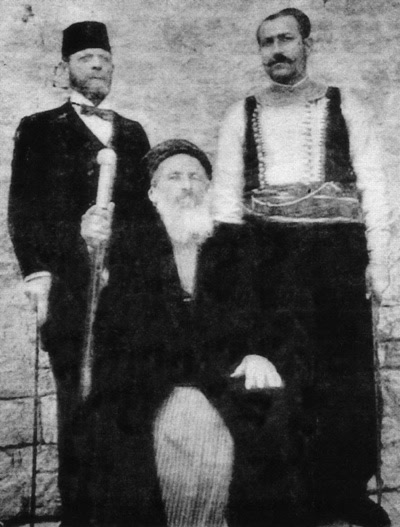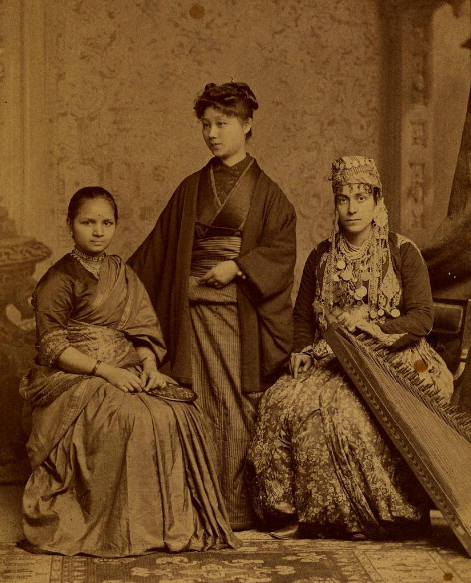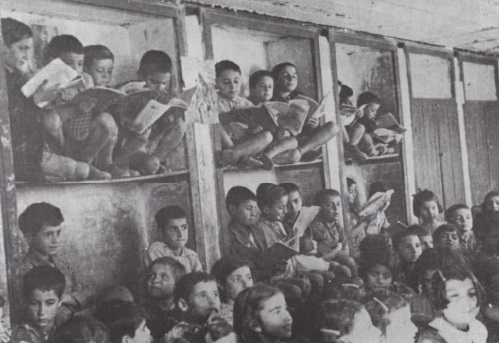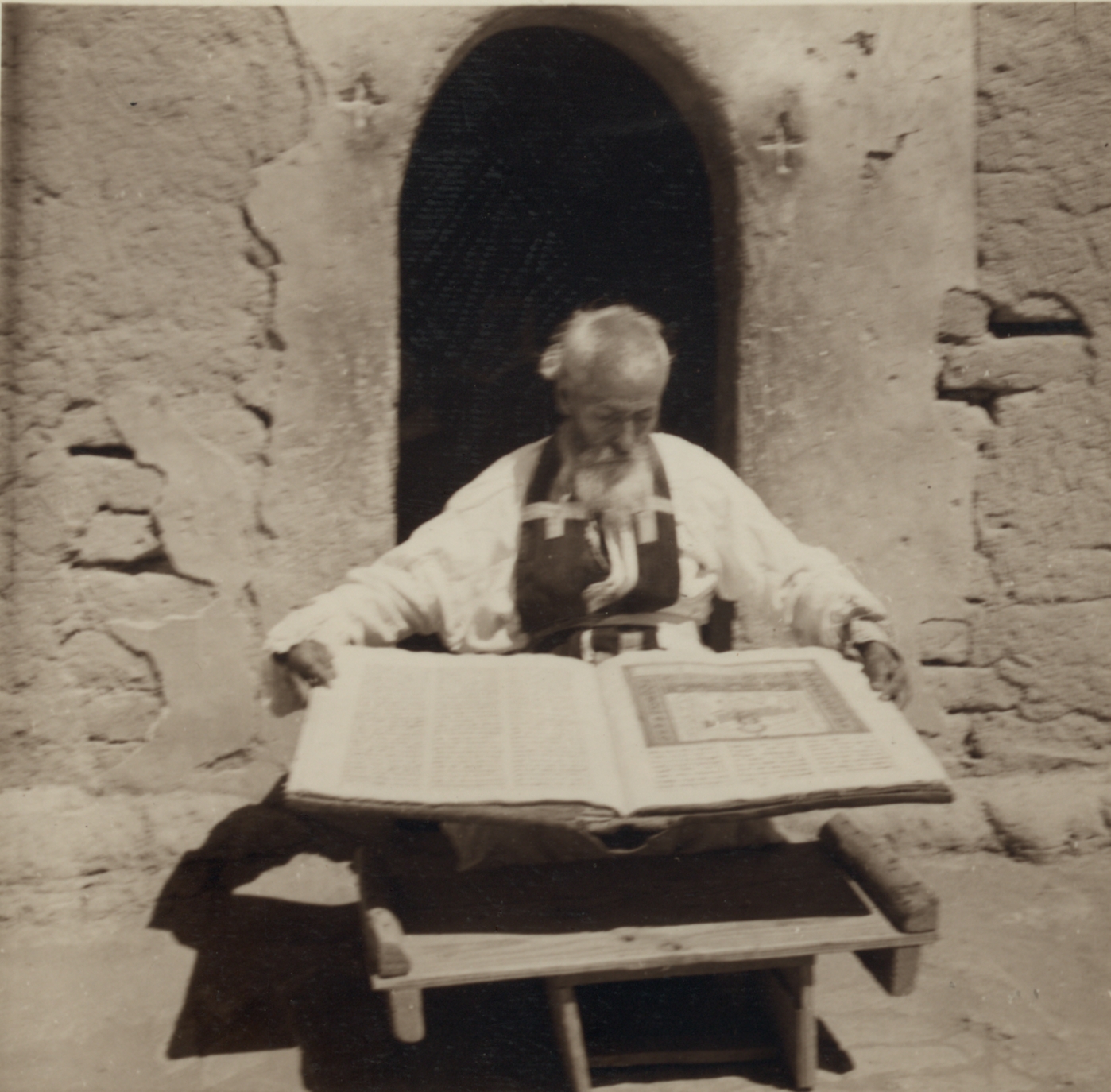|
Syrian
Syrians () are the majority inhabitants of Syria, indigenous to the Levant, most of whom have Arabic, especially its Levantine and Mesopotamian dialects, as a mother tongue. The cultural and linguistic heritage of the Syrian people is a blend of both indigenous elements and the foreign cultures that have come to rule the land and its people over the course of thousands of years. By the seventh century, most of the inhabitants of the Levant spoke Aramaic. In the centuries after the Muslim conquest of the Levant in 634, Arabic gradually became the dominant language, but a minority of Syrians (particularly the Assyrians and Syriac-Arameans retained Aramaic (Syriac), which is still spoken in its Eastern and Western dialects. The national name "Syrian" was originally an Indo-European corruption of Assyrian and applied to Assyria in northern Mesopotamia, however by antiquity it was used to denote the inhabitants of the Levant. Following the Muslim conquest of the Levant, Arab i ... [...More Info...] [...Related Items...] OR: [Wikipedia] [Google] [Baidu] |
Syriac Orthodox
The Syriac Orthodox Church (), also informally known as the Jacobite Church, is an Oriental Orthodox denomination that originates from the Church of Antioch. The church currently has around 4-5 million followers. The church upholds the Miaphysite doctrine in Christology and employs the Liturgy of Saint James, associated with James the Just. Classical Syriac is the official and liturgical language of the church. The supreme head of the Syriac Orthodox Church is the patriarch of Antioch, a bishop who, according to sacred tradition, continues the leadership passed down from Saint Peter. Since 2014, Ignatius Aphrem II has served as the Syriac Orthodox Antiochian patriarch. The Great Church of Antioch was the patriarchal seat and the headquarters of the church until , after which Severus of Antioch had to flee to Alexandria, Egypt. After the death of Severus, the patriarchal seat moved from Egypt to different monasteries like the Mor Bar Sauma Monastery; some patriarc ... [...More Info...] [...Related Items...] OR: [Wikipedia] [Google] [Baidu] |
Syrian Jews
Syrian Jews ( ''Yehudey Surya'', ''al-Yahūd as-Sūriyyūn'', colloquially called SYs in the United States) are Jews who live in the region of the modern state of Syria, and their descendants born outside Syria. Syrian Jews derive their origin from two groups: from the Jews who inhabited the region of today's Syria from History of ancient Israel and Judah, ancient times (known as Musta'arabi Jews), and sometimes classified as Mizrahi Jews (''Mizrahi'' is a generic term for the Jews with an extended history in Asia or North Africa); and from the Sephardi Jews (referring to Jews with an extended history in the Iberian Peninsula, i.e. Spain and Portugal) who fled to Syria after the Alhambra Decree forced the expulsion of the Jews from Spain in 1492. There were large communities in Aleppo ("Halabi Jews", ''Halab'' is "Aleppo" in Arabic) and Damascus ("Shami Jews") for centuries, and a smaller community in Qamishli on the Turkish border near Nusaybin. In the first half of the 20th ce ... [...More Info...] [...Related Items...] OR: [Wikipedia] [Google] [Baidu] |
Alawite
Alawites () are an Arabs, Arab ethnoreligious group who live primarily in the Levant region in West Asia and follow Alawism, a sect of Islam that splintered from early Shia as a ''ghulat'' branch during the ninth century. Alawites venerate Ali, Ali ibn Abi Talib, the "Imamate in Shia doctrine, first Imam" in the Twelver Shi'ism, Twelver school, as a manifestation of the divine essence. It is the only ''ghulat'' sect still in existence today. The group was founded during the ninth century by Ibn Nusayr, who was a disciple of the tenth Twelver Imam, Ali al-Hadi, and of the eleventh Twelver Imam, Hasan al-Askari. For this reason, Alawites are also called ''Nusayris''. Surveys suggest Alawites represent an important portion of the Syrians, Syrian population and are a significant minority in the Hatay Province of Turkey and northern Lebanon. There is also a population living in the village of Ghajar in the Golan Heights, where there had been two other Alawite villages ('Ayn Fit, ... [...More Info...] [...Related Items...] OR: [Wikipedia] [Google] [Baidu] |
Kurds In Syria
The Kurdish population of Syria is the country's largest ethnic minority, usually estimated at around 10% of the Syrian population Kurds are the largest ethnic minority in Syria, constituting around 10 per cent of the population – around 2 million of the pre-conflict population of around 22 million. In this atlas, French geographer Balanche suggests that "As of 2010, Syria’s population was roughly 65% Sunni Arab, 15% Kurdish, 10% Alawite, 5% Christian, 3% Druze, 1% Ismaili, and 1% Twelver Shia." (p. 13) "The number of Kurds in Syria is often underestimated by analysts, who tend to cap them at 10% of the population. In fact, they are closer to 15%."(p. 16) The 2018 breakdown is 1% Sunni Arab, 16% Kurdish, 13% Alawite, 3% Christian, 4% Druze, 1% Ismaili, 1% Twelver Shia, 1% Turkmen (p. 22) Balanche also refers to his ''Atlas du ProcheOrient Arabe'' (Paris: Presses de l’Université Paris-Sorbonne, 2011), p. 36." and 5% of the Kurdish population. The majority of Syrian ... [...More Info...] [...Related Items...] OR: [Wikipedia] [Google] [Baidu] |
Flag Of Syria
Since gaining full independence from France in 1946, Syria has used a number of different flags, all featuring the pan-Arab colours, pan-Arab colors of green, black, white, and red. Initially a green, white and black triband charged with three red five-pointed stars, known as the independence flag, was used. In Ba'athist Syria, this was replaced by the flag of the United Arab Republic with red, white and black tribands with either two or three green stars or charged with the national coat of arms. Following the fall of the Assad regime on 8 December 2024, the revolution flag, a modified version of the independence flag, began to be used within the country by the Syrian parliament and the Syrian caretaker government, and at Syrian embassies abroad. On 13 March 2025, an 2025 Interim Constitution of Syria, interim constitution made the independence flag the primary flag. However, the final text ultimately retained the revolution flag. Design Specifications Article 6 of the 2 ... [...More Info...] [...Related Items...] OR: [Wikipedia] [Google] [Baidu] |
Armenians In Syria
The Armenians in Syria are Syrian citizens of either full or partial Armenians, Armenian descent. Syria and the surrounding areas have often served as a refuge for Armenians who fled from wars and persecutions such as the Armenian genocide. However, there has been an Armenian presence in the region since the Byzantine era. According to the Ministry of Diaspora of Armenia, the estimated number of Armenians in Syria is 100,000, with more than 60,000 of them centralized in Aleppo. With other estimates by Armenian foundations in Syria putting the number around 70–80,000. However, since the start of the conflict, 16,623 Syrian citizens of ethnic Armenian background have arrived in Armenia. Of these displaced persons, 13,000 remained and found protection in Armenia as of July 2015. The government is offering several protection options including simplified naturalization by Armenians in the Middle East, Armenian descent (15,000 persons acquired Armenian nationality law, Armenian citiz ... [...More Info...] [...Related Items...] OR: [Wikipedia] [Google] [Baidu] |
Druze
The Druze ( ; , ' or ', , '), who Endonym and exonym, call themselves al-Muwaḥḥidūn (), are an Arabs, Arab Eastern esotericism, esoteric Religious denomination, religious group from West Asia who adhere to the Druze faith, an Abrahamic religions, Abrahamic, Monotheism, monotheistic, and Religious syncretism, syncretic religion whose main tenets assert the unity of God, reincarnation, and the eternity of the soul. Although the Druze faith developed from Isma'ilism, Druze do not identify as Muslims. They maintain Arabic language and Arabic culture, culture as integral parts of their identity, with Arabic being their primary language. Most Druze religious practices are kept secret, and conversion to their religion is not permitted for outsiders. Interfaith marriages are rare and strongly discouraged. They differentiate between spiritual individuals, known as "uqqāl", who hold the faith's secrets, and secular ones, known as "juhhāl", who focus on worldly matters. Druze be ... [...More Info...] [...Related Items...] OR: [Wikipedia] [Google] [Baidu] |
Levantine Arabic
Levantine Arabic, also called Shami (Endonym and exonym, autonym: or ), is an Varieties of Arabic, Arabic variety spoken in the Levant, namely in Syria, Jordan, Lebanon, Palestine, Israel and southern Turkey (historically only in Adana Province, Adana, Mersin Province, Mersin and Hatay Province, Hatay provinces). With over 60 million speakers, Levantine is, alongside Egyptian Arabic, Egyptian, one of the two Prestige (sociolinguistics), prestige varieties of spoken Arabic comprehensible all over the Arab world. Levantine is not Official language, officially recognized in any state or territory. Although it is the majority language in Jordan, Lebanon, Palestine, and Syria, it is predominantly used as a spoken vernacular in daily communication, whereas most written and official documents and media in these countries use the official Modern Standard Arabic (MSA), a form of Literary language, literary Arabic only Second-language acquisition, acquired through formal education tha ... [...More Info...] [...Related Items...] OR: [Wikipedia] [Google] [Baidu] |
Assyrians In Syria
Assyrians in Syria (, ), also known as Syriacs/Arameans, are an ethnic and linguistic minority Indigenous peoples, indigenous to Upper Mesopotamia, the north-eastern half of Syria. Syrian-Assyrians are people of Assyrian people, Assyrian descent living in Syria, and those in the Assyrian diaspora who are of Syrian-Assyrian heritage. They live primarily in Al-Hasakah Governorate, with a significant presence in Hasakah city and the cities of Qamishli, Al-Malikiyah, Malikiyah, Ras al-Ayn, and Al-Qahtaniyah, al-Hasakah Governorate, Qahtaniyah, as well as in Tell Tamer and nearby villages. Some have migrated to Damascus and other western cities beyond the border of their indigenous Mesopotamia at the Euphrates, Euphrates River. They share a common history and Assyrian identity, ethnic identity, rooted in shared Syriac language, linguistic, Assyrian culture, cultural and Syriac Christianity, religious traditions, with Assyrians in Turkey, Assyrians in Iraq and Assyrians in Iran, as we ... [...More Info...] [...Related Items...] OR: [Wikipedia] [Google] [Baidu] |
Chaldean Catholic
The Chaldean Catholic Church is an Eastern Catholic particular church ('' sui iuris'') in full communion with the Holy See and the rest of the Catholic Church, and is headed by the Chaldean Patriarchate. Employing in its liturgy the East Syriac Rite in the Syriac dialect of the Aramaic language, it is part of Syriac Christianity. Headquartered in the Cathedral of Our Lady of Sorrows, Baghdad, Iraq, since 1950, it is headed by the Catholicos-Patriarch Louis Raphaël I Sako. In the late 2010s, it had a membership of 616,639, with a large population in diaspora and its home country of Iraq. The United States Commission on International Religious Freedom reports that, according to the Iraqi Christian Foundation, an agency of the Chaldean Catholic Church, approximately 80% of Iraqi Christians are of that church. In its own 2018 Report on Religious Freedom, the United States Department of State put the Chaldean Catholics at approximately 67% of the Christians in Iraq. The 20 ... [...More Info...] [...Related Items...] OR: [Wikipedia] [Google] [Baidu] |
Languages Of Syria
Arabic is the official language of Syria and is the most widely spoken language in the country. Several Arabic dialects are used in everyday life, most notably Levantine in the west and Mesopotamian in the northeast. According to ''The Encyclopedia of Arabic Language and Linguistics'', in addition to Arabic, the following languages are spoken in the country, in order of the number of speakers: Kurdish, Turkish, Neo-Aramaic, Circassian, Chechen, Armenian, and Greek, none of which are official. Historically, Aramaic was the lingua franca of the region before the advent of Arabic and is still spoken among Assyrians, and Classical Syriac is still used as the liturgical language of various Syriac Christian denominations. Most remarkably, Western Neo-Aramaic is still spoken in the village of Maaloula as well as two neighboring villages, northeast of Damascus. Syrian Sign Language is the principal language of the deaf community. Arabic Modern Standard Arabic (MSA) is ... [...More Info...] [...Related Items...] OR: [Wikipedia] [Google] [Baidu] |
Antiochian Orthodox
The Greek Orthodox Patriarchate of Antioch (), also known as the Antiochian Orthodox Church and legally as the Rūm Orthodox Patriarchate of Antioch and All the East (), is an autocephalous Greek Orthodox church within the wider communion of Eastern Orthodox Christianity that originates from the historical Church of Antioch. Headed by the Greek Orthodox patriarch of Antioch, it considers itself the successor to the Christian community founded in Antioch by the Apostles Peter and Paul. It is one of the largest Christian denominations of the Middle East, alongside the Copts of Egypt and the Maronites of Lebanon. Its adherents, known as Antiochian Christians, are a Middle-Eastern semi- ethnoreligious Eastern Christian group residing in the Levant region including the Hatay Province of Turkey. Many of their descendants now live in the global Eastern Christian diaspora. The number of Antiochian Greek Christians is estimated to be approximately 4.3 million. Background The s ... [...More Info...] [...Related Items...] OR: [Wikipedia] [Google] [Baidu] |





